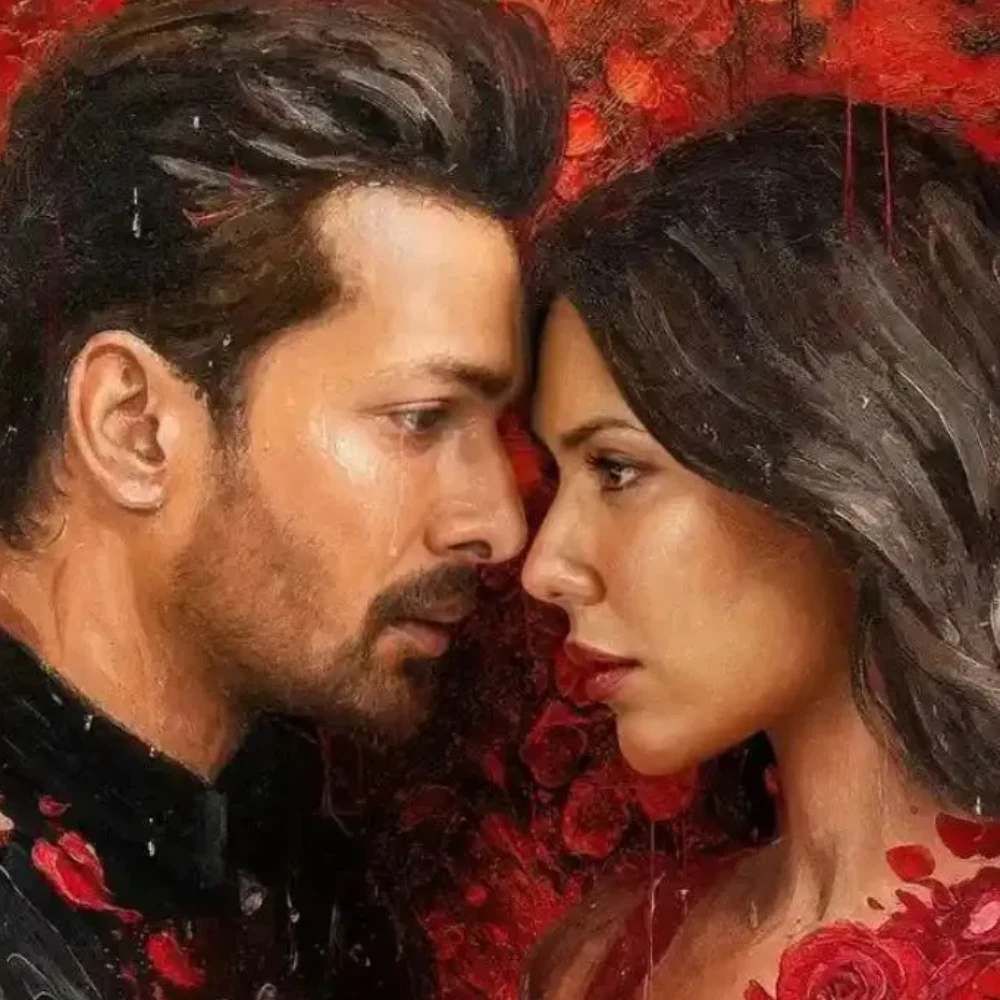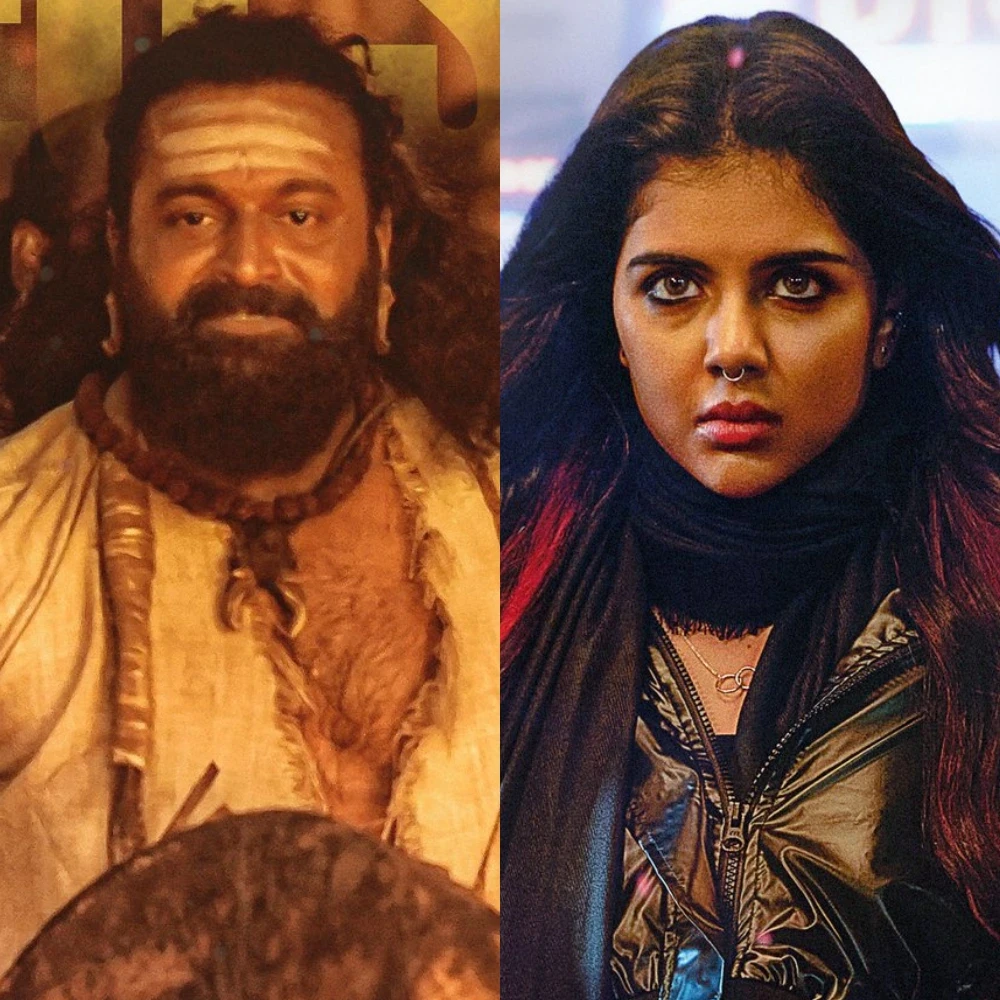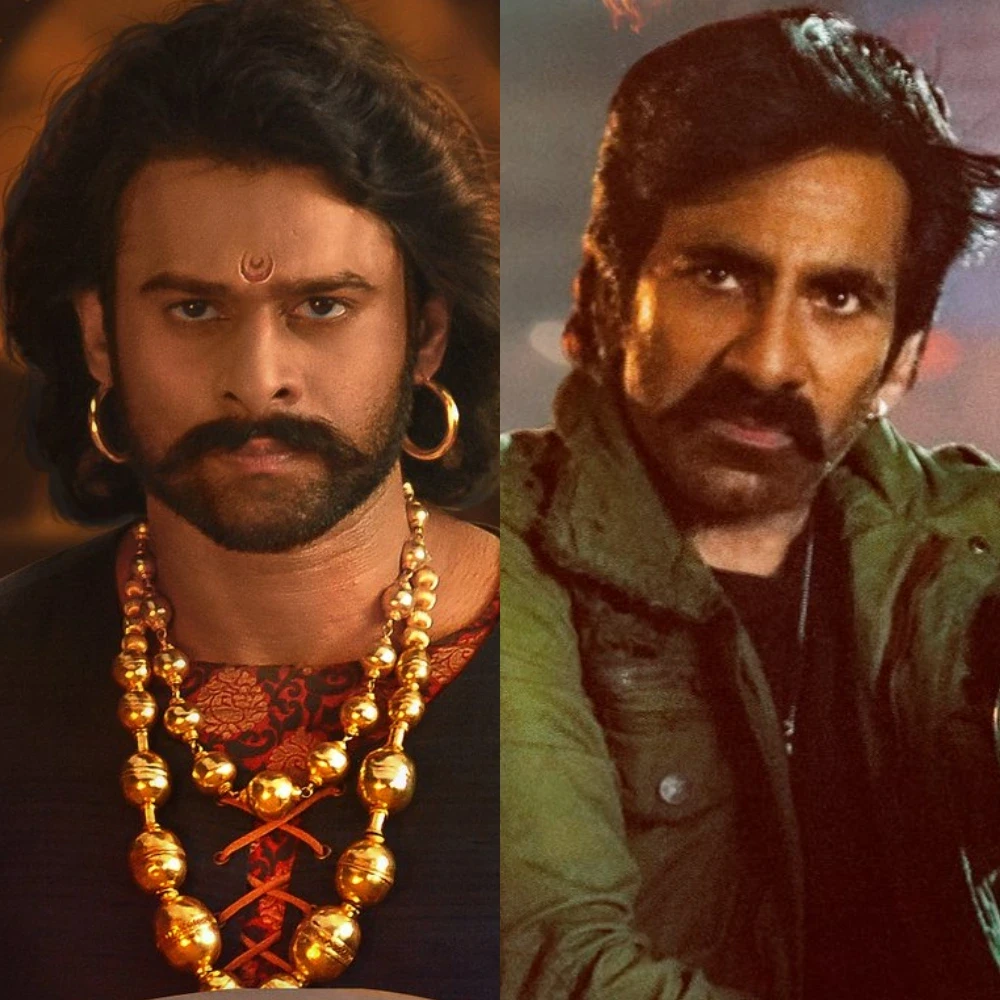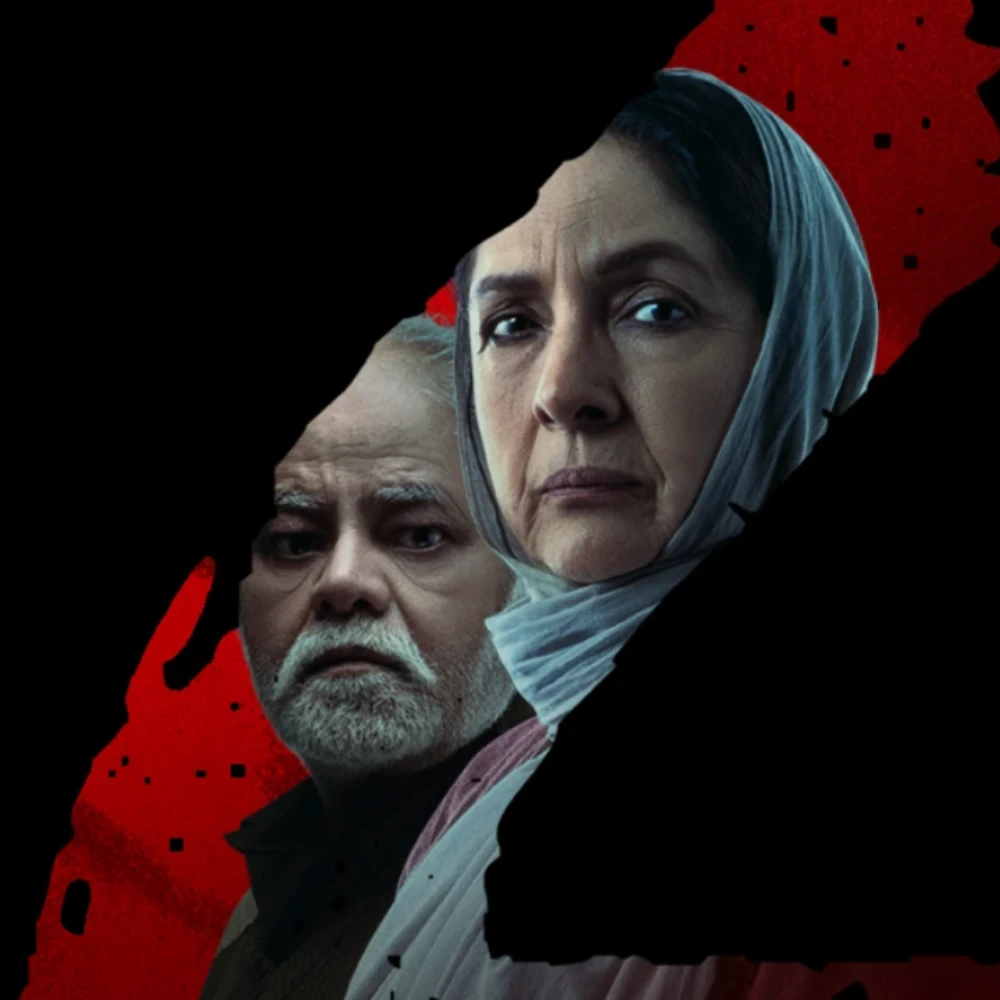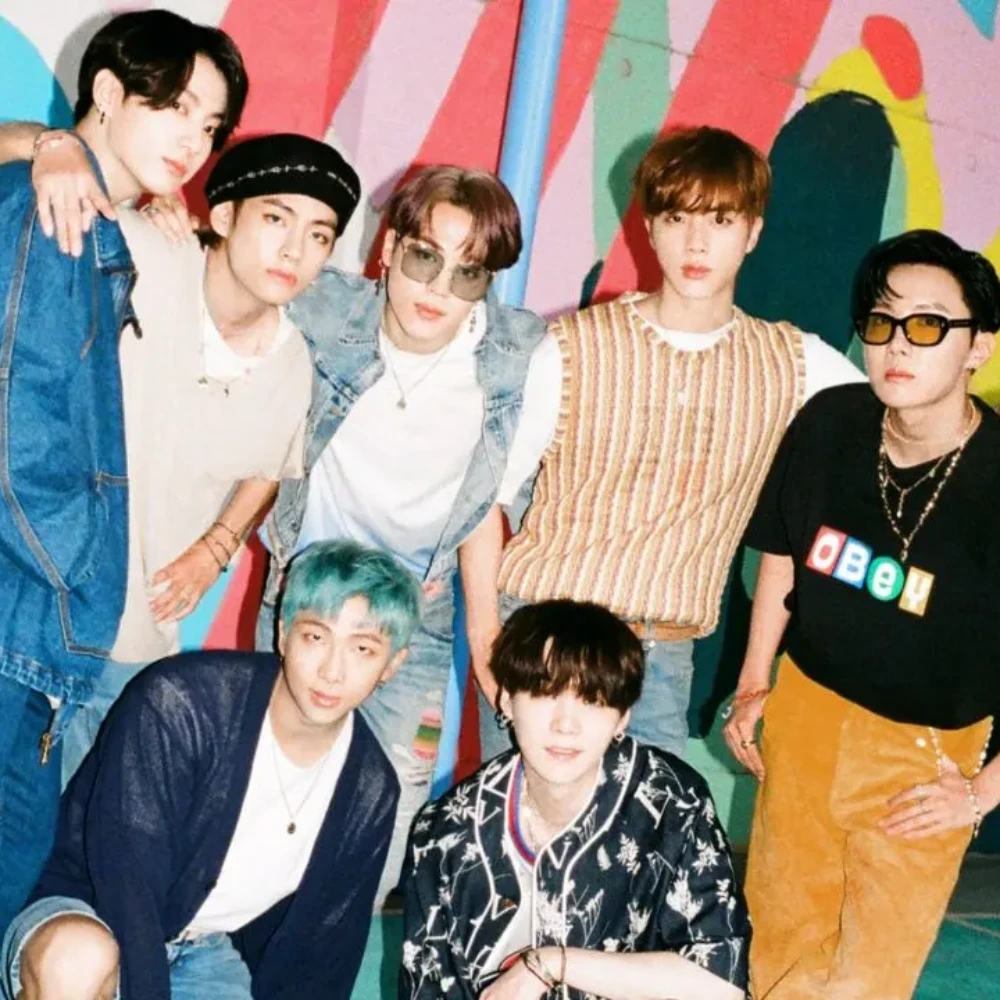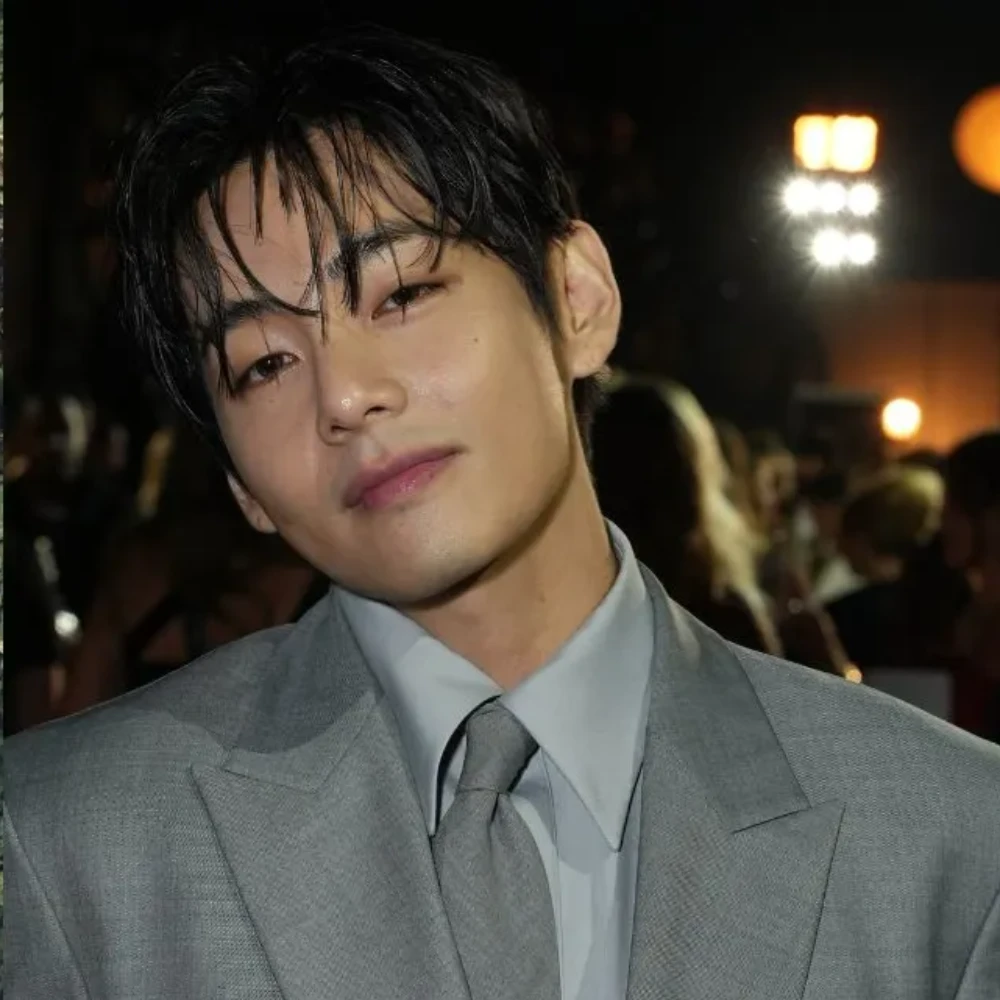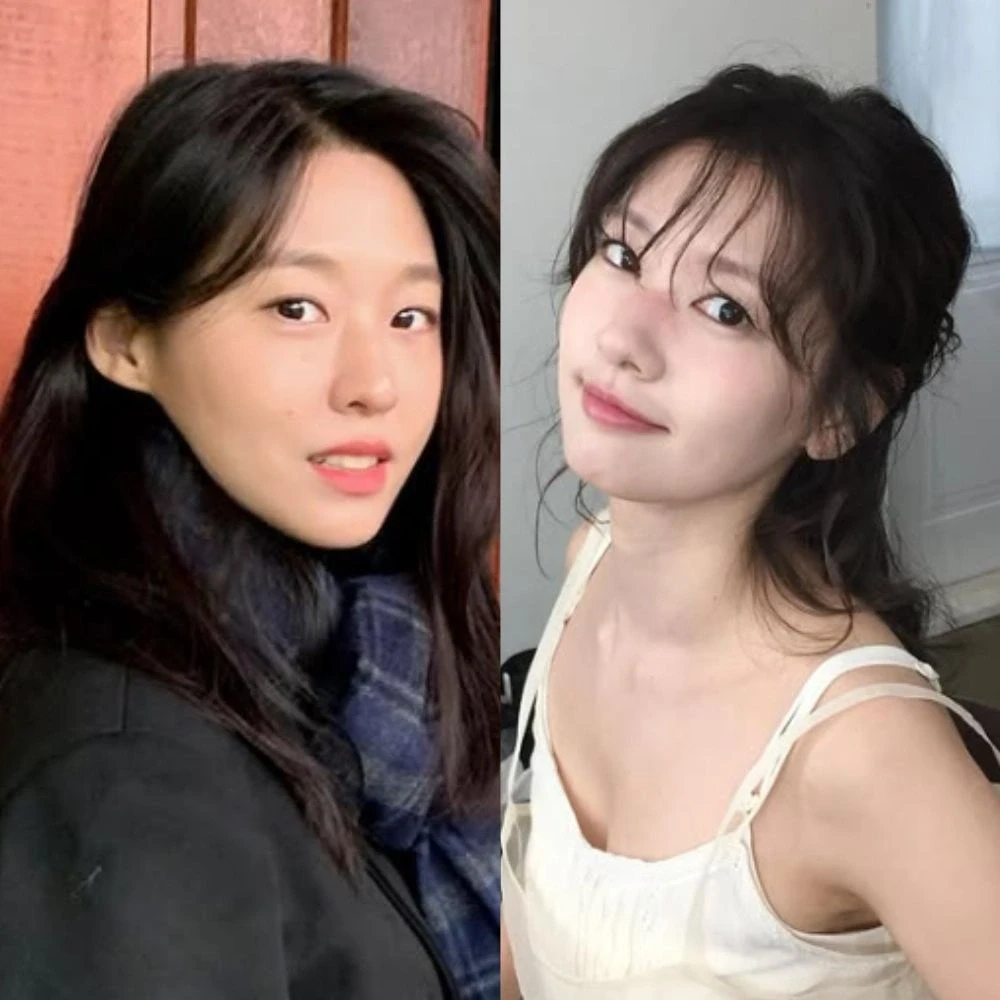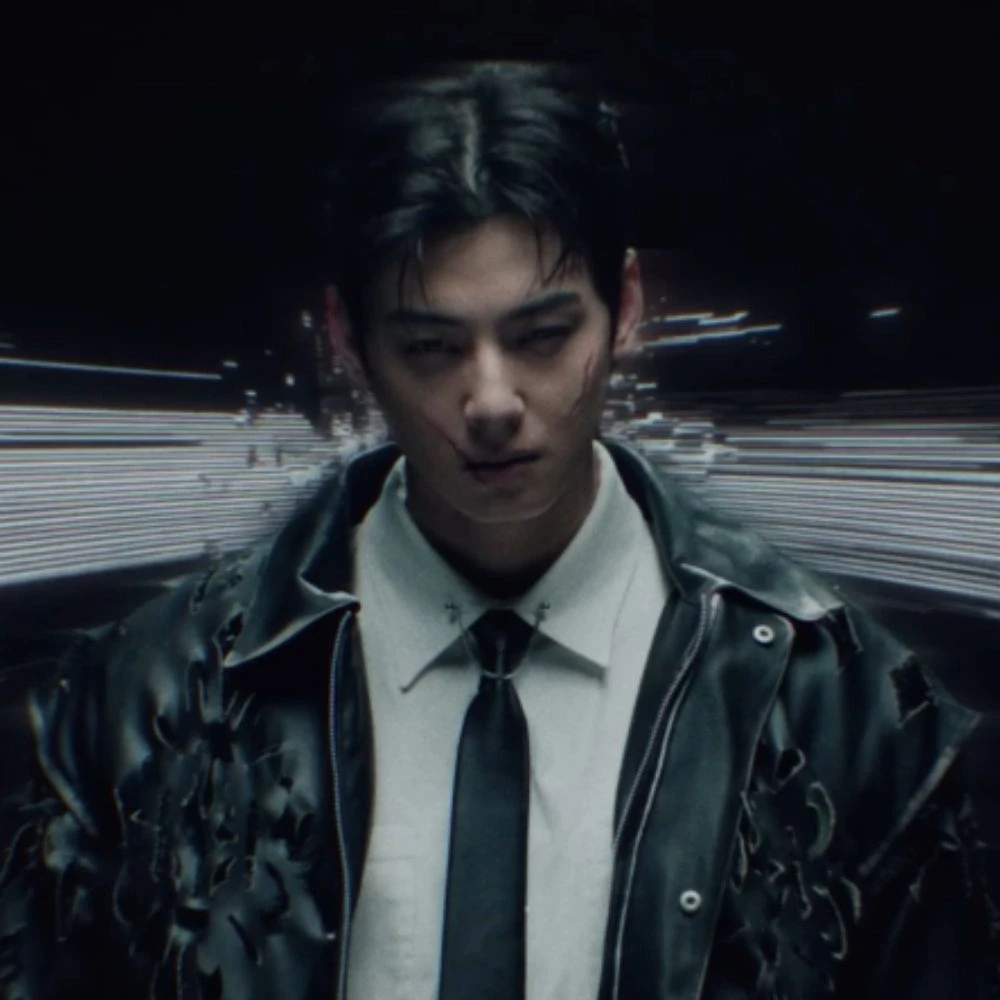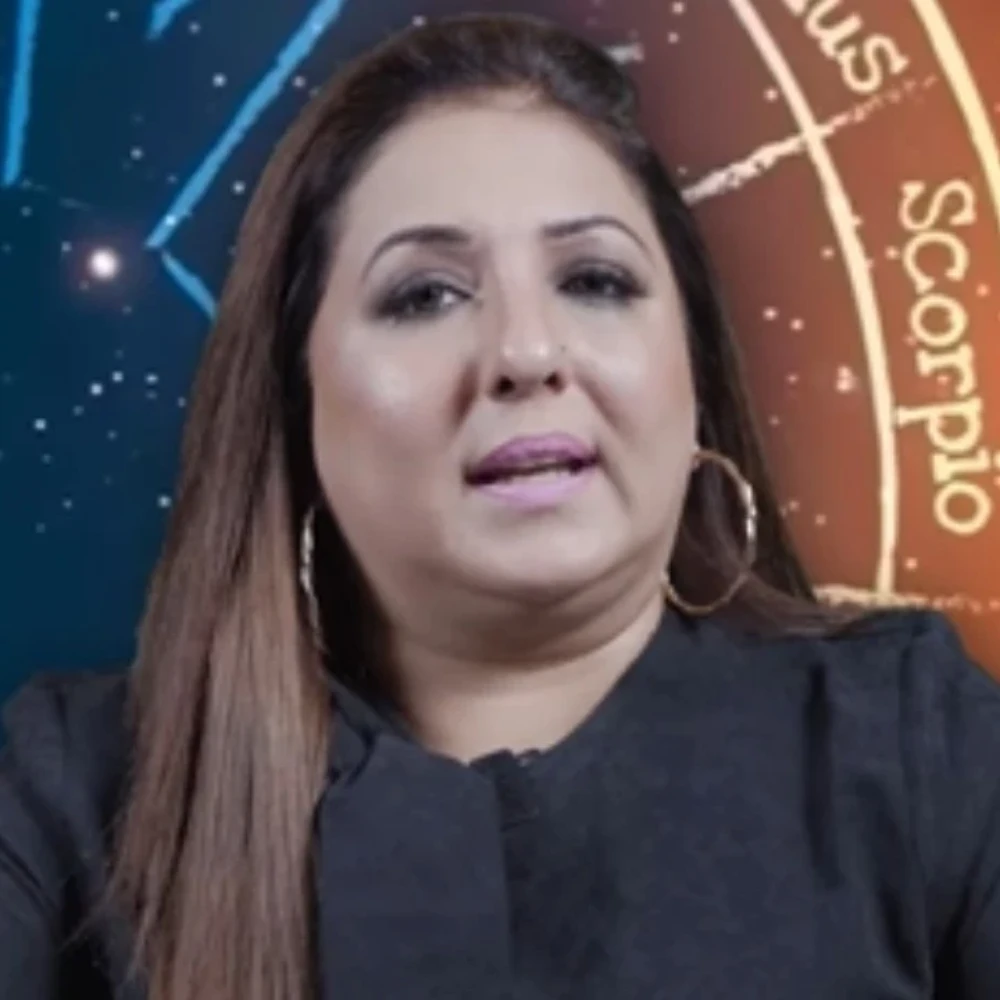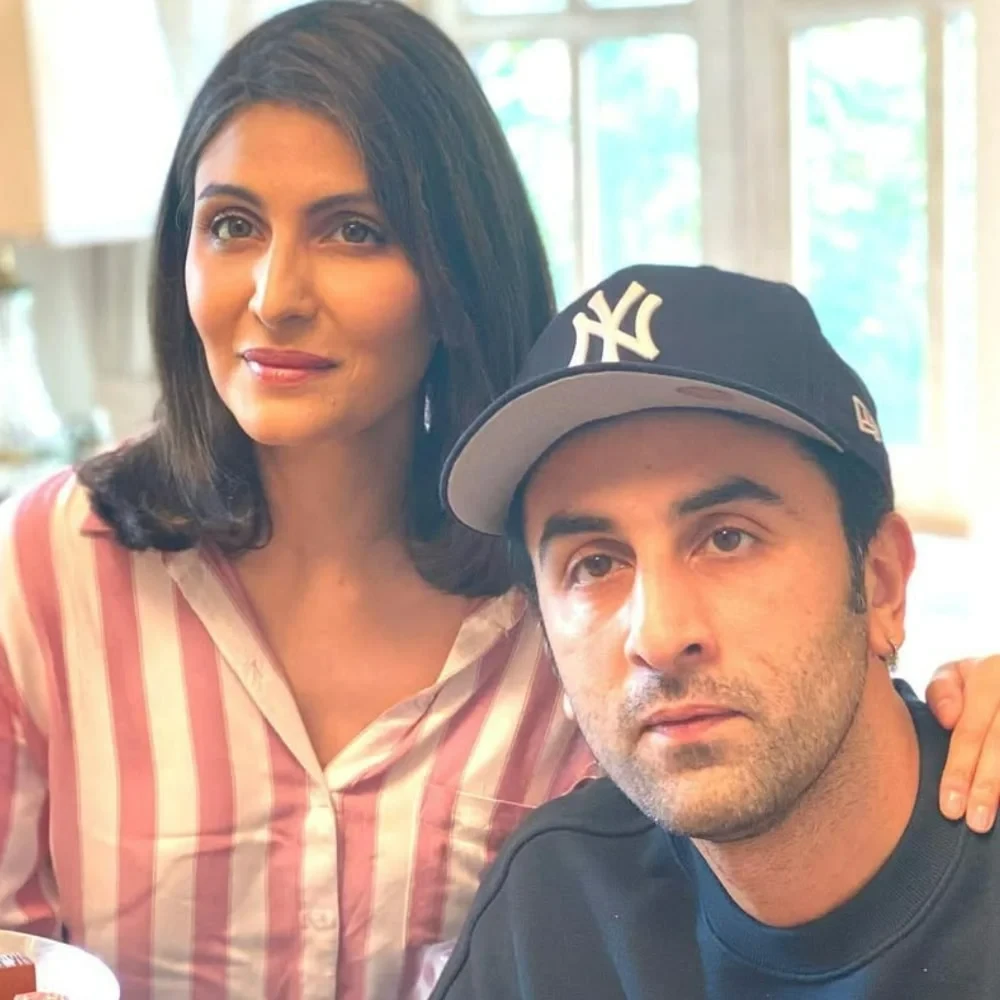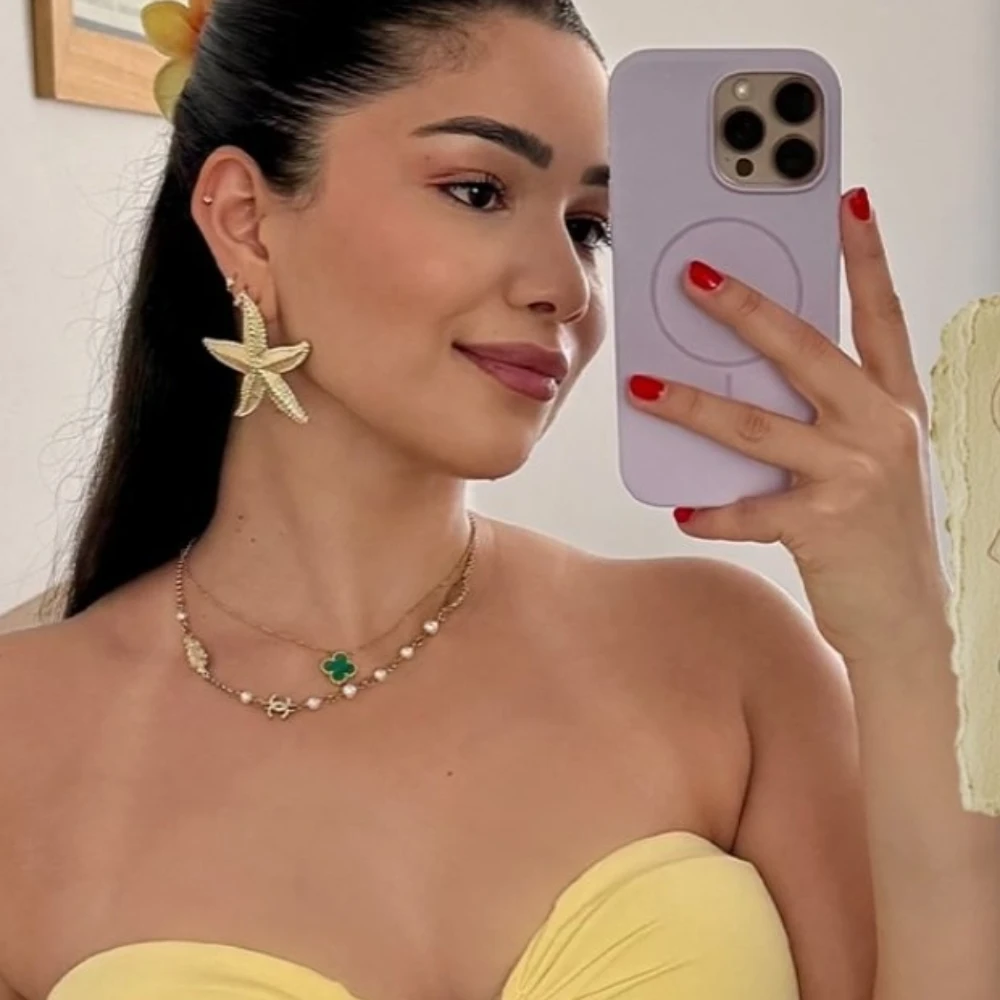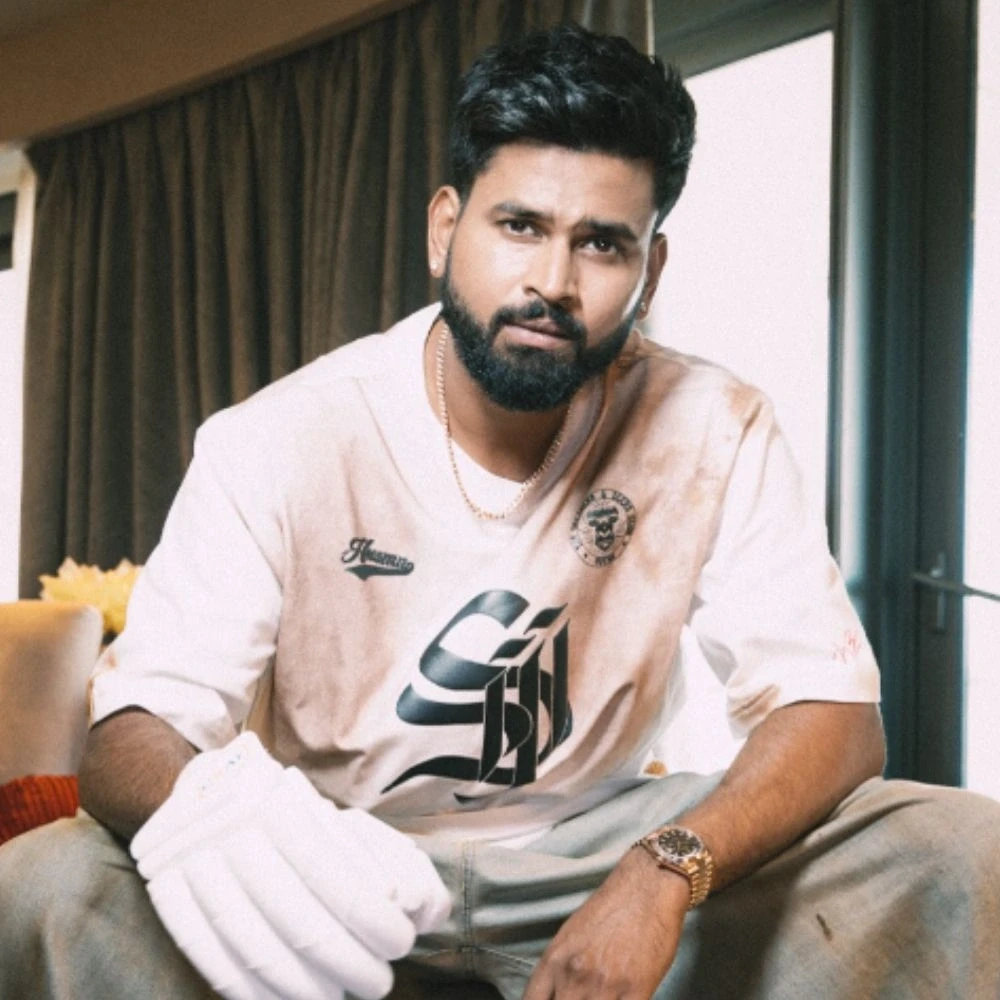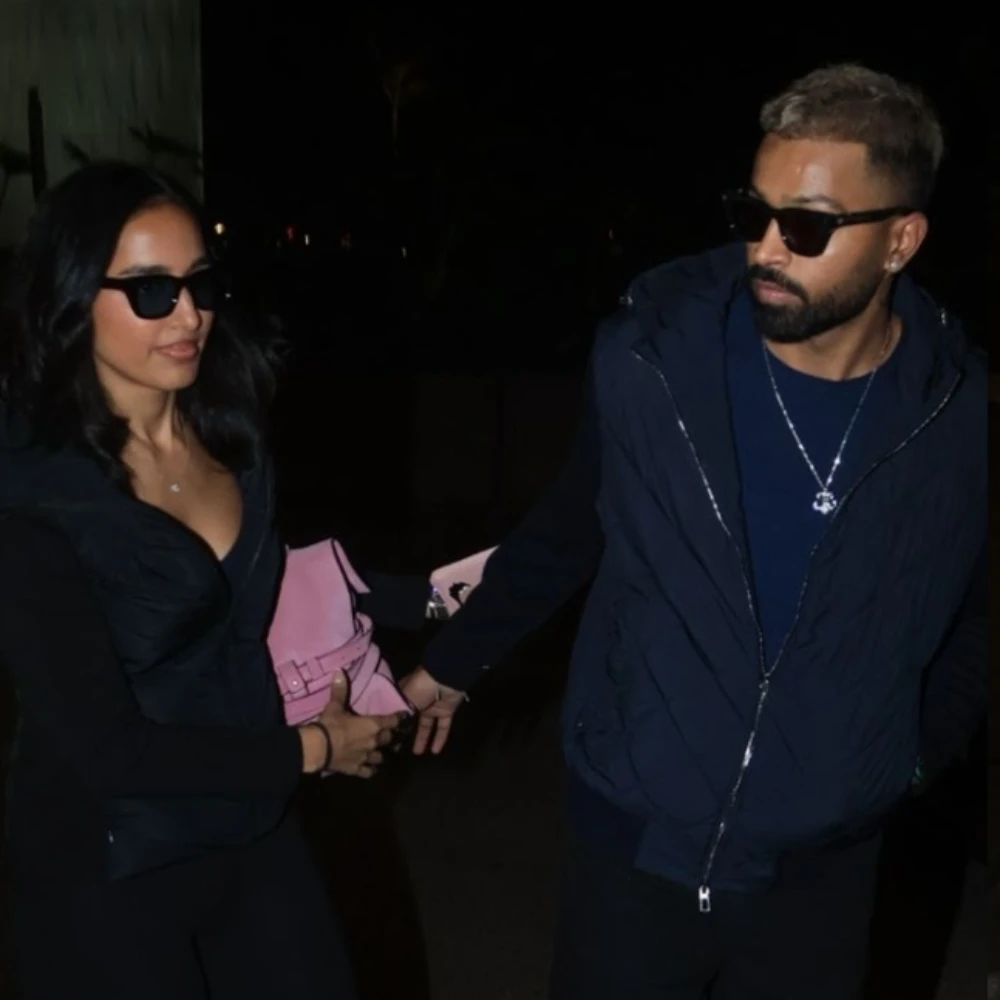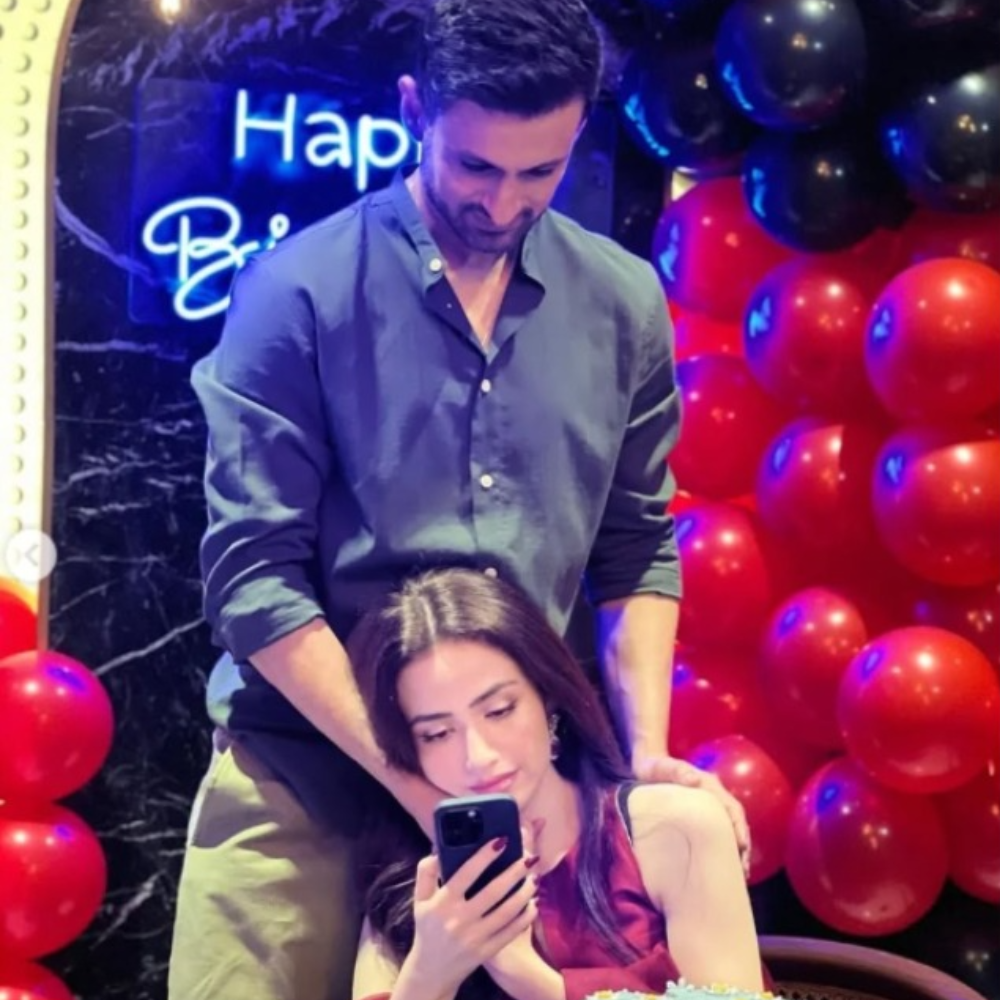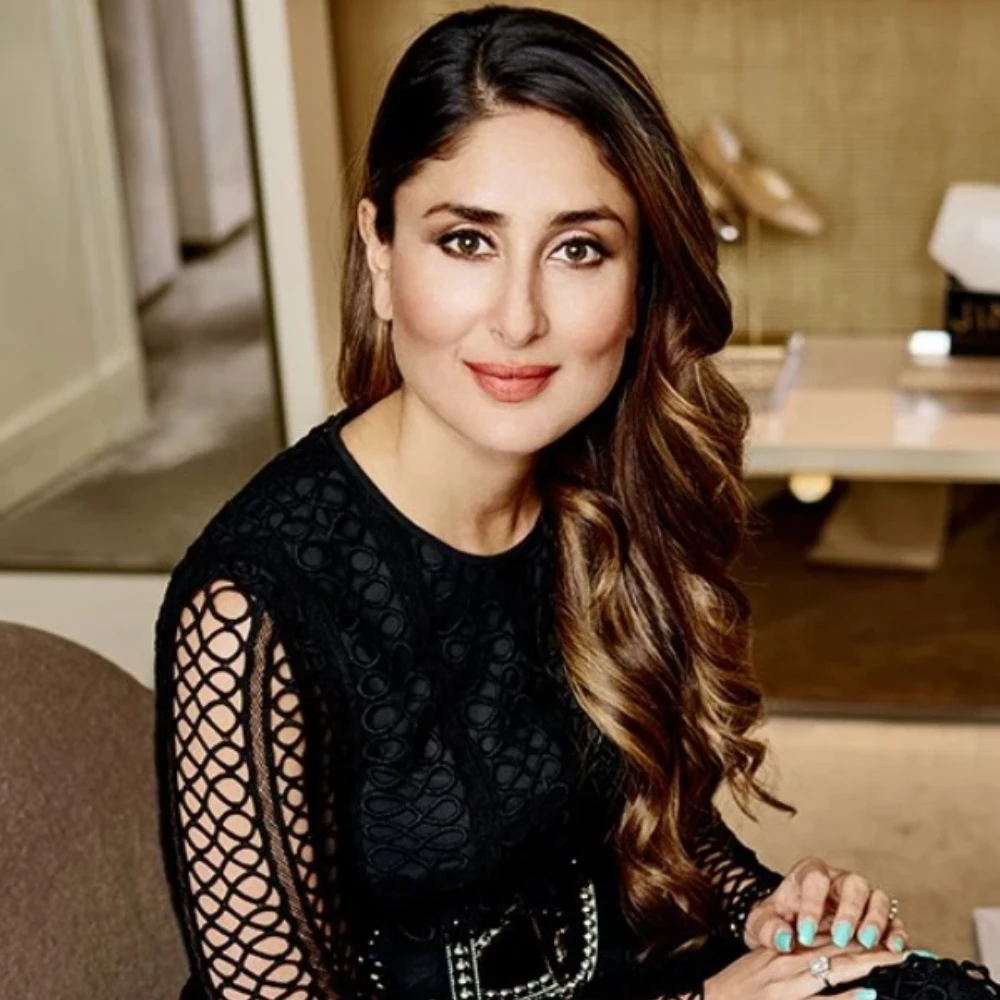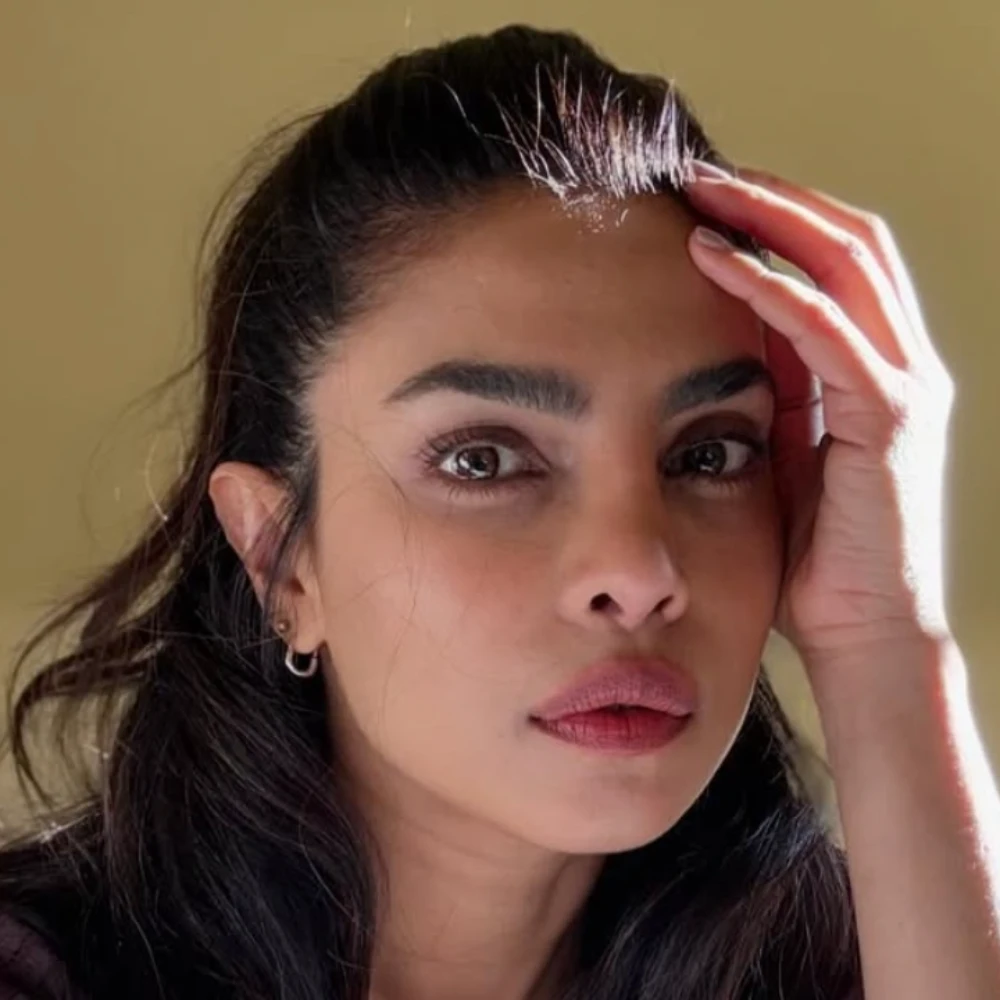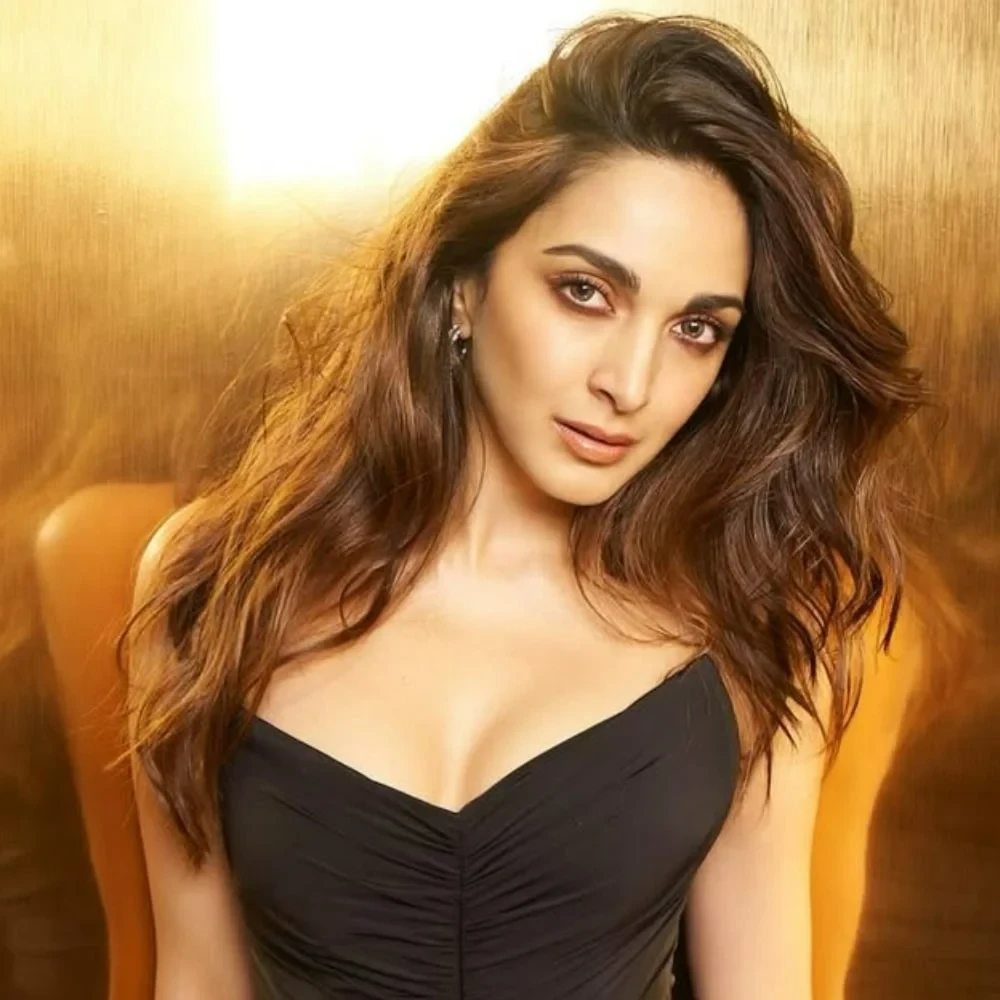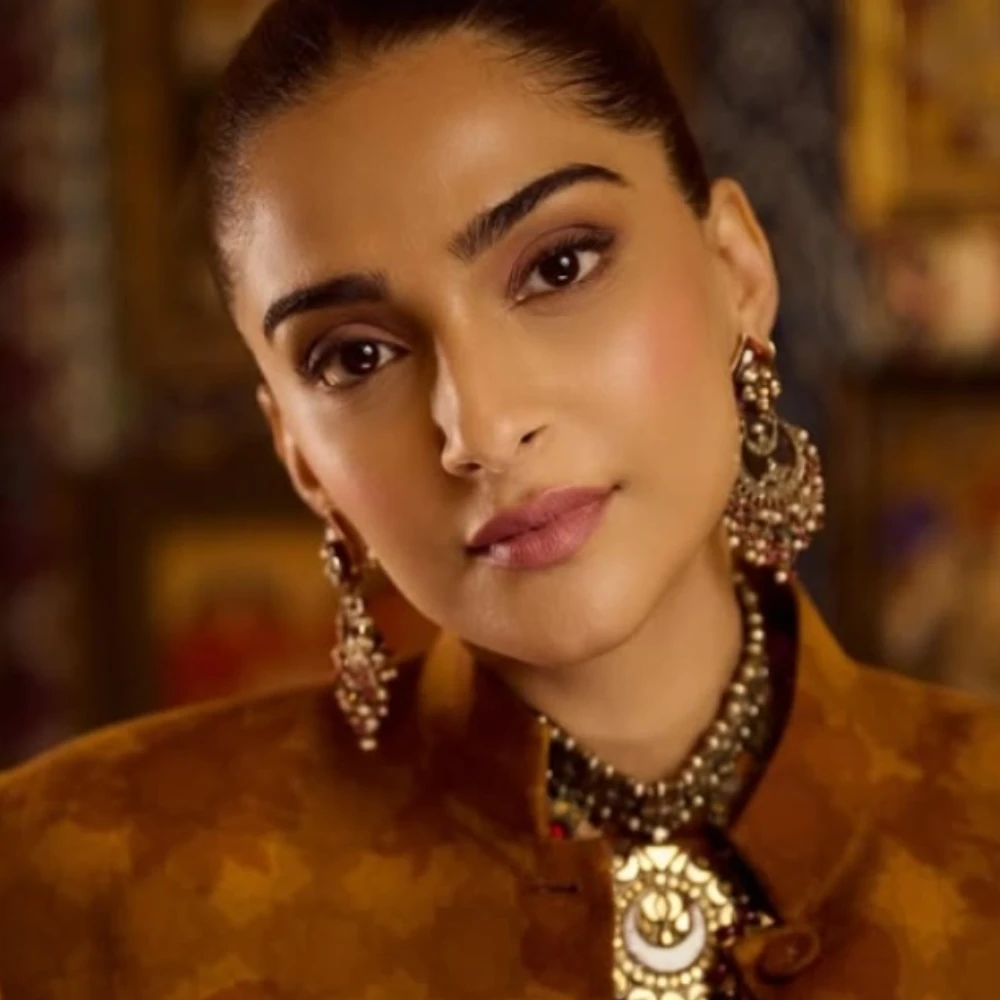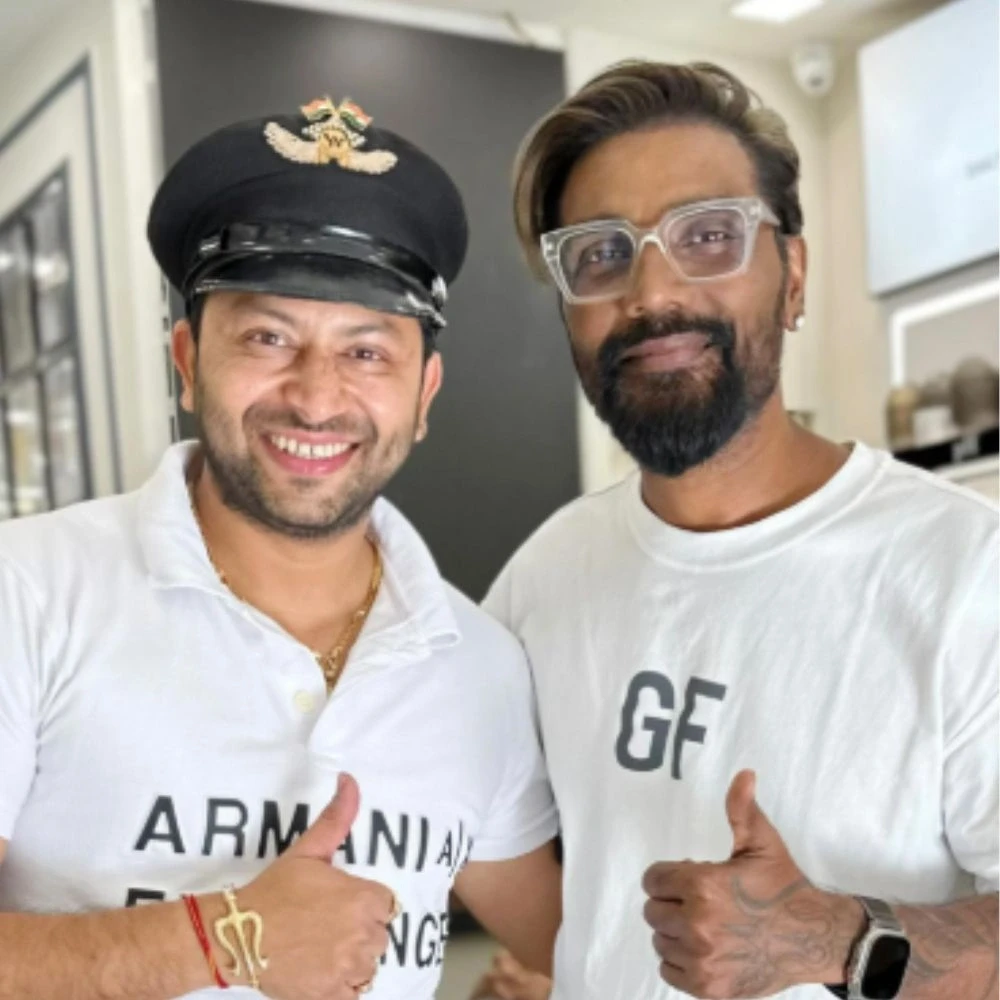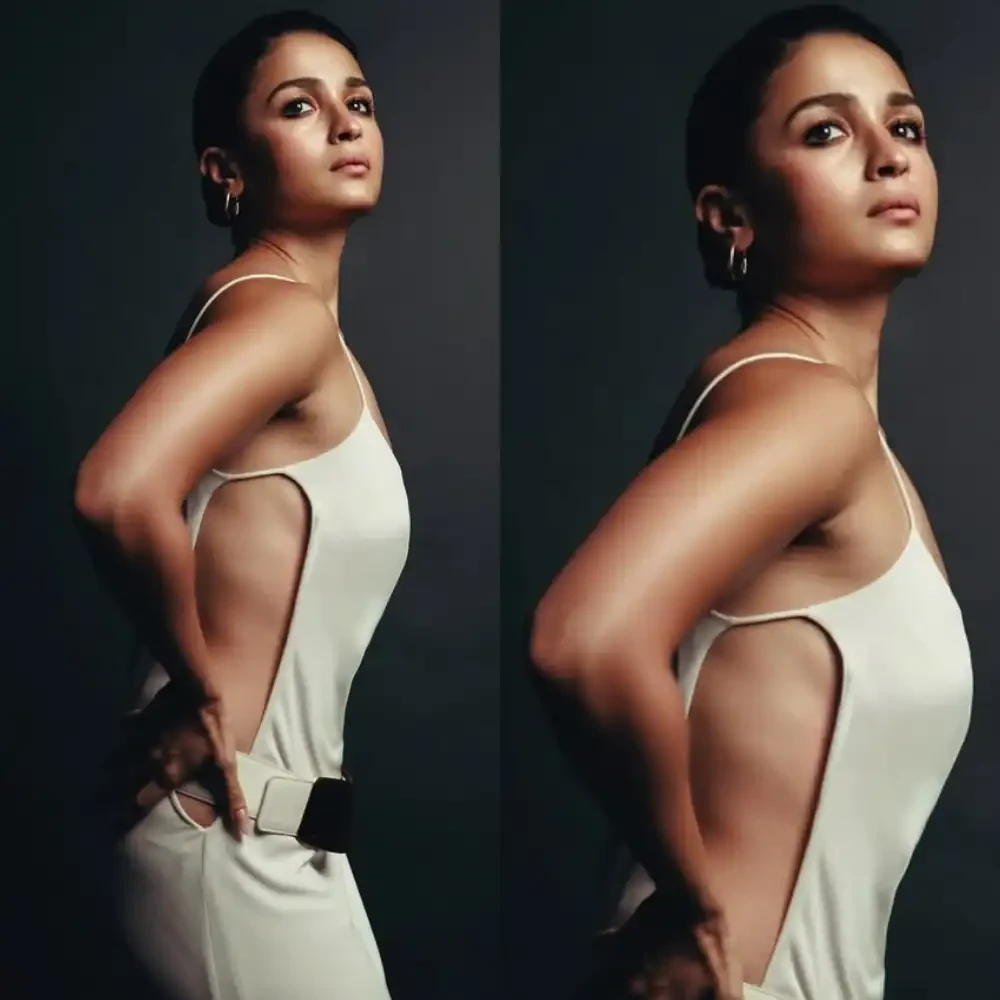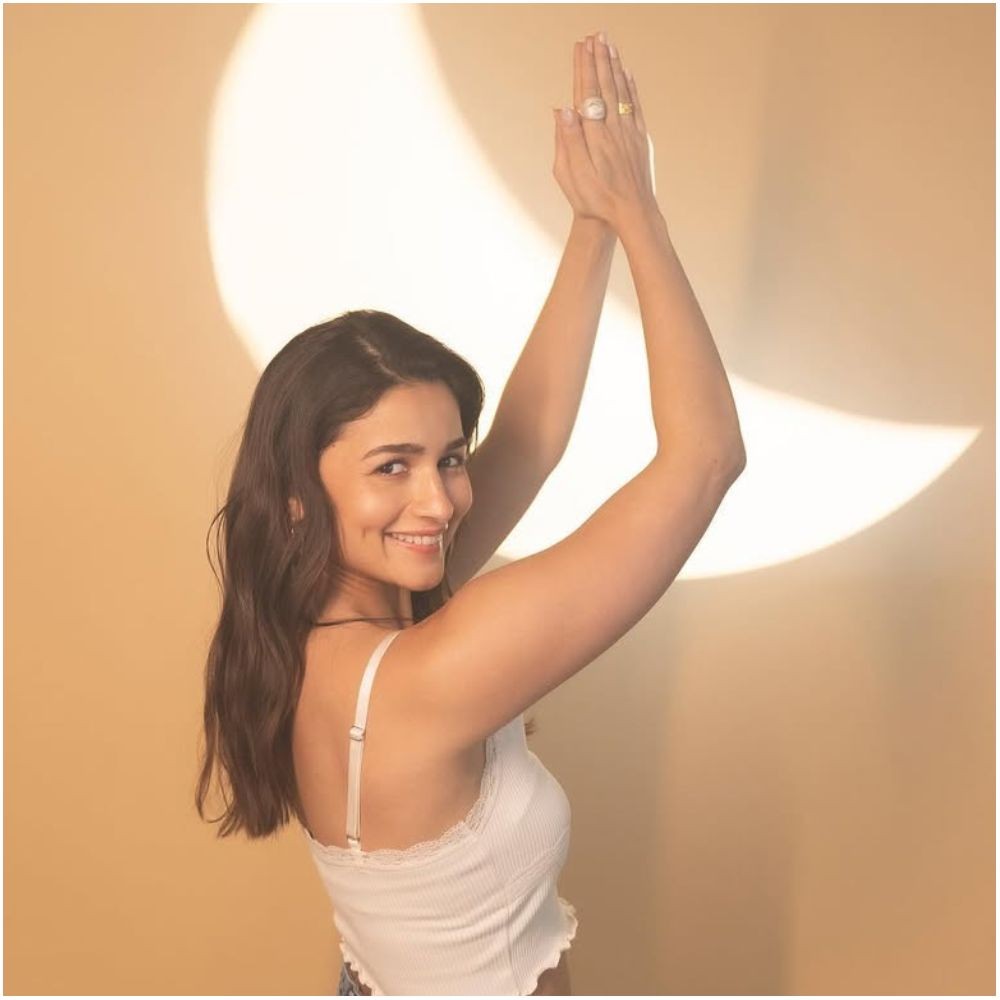Decoding Heeramandi Looks: A look into the world of SLB’s tragically glamorous courtesans decked out in vintage finery
Sanjay Leela Bhansali’s Heeramandi is currently winning hearts for its tragically glamorous courtesans decked in vintage finery. Let’s explore the vintage opulence of the series through its fashion!

Master filmmaker Sanjay Leela Bhansali’s debut Netflix web series, Heeramandi: The Diamond Bazaar is a riveting tale of elite courtesans and their patrons, the Nawabs, who are navigating through the definitive years of India’s independence movement. In those days, courtesans or tawaifs of Heeramandi were seen as the epitome of beauty, etiquette, and grace. They lived in palatial bungalows, owned exquisite garbs and precious jewels, and were presented with lavish gifts by noblemen who fawned on them.
As the series’ fashion is an enchanting and poignant blend of elaborate silhouettes and traditional craftsmanship, mingled with the European influence of the time, let’s explore the grand world of Sanjay Leela Bhansali’s Heeramandi where extravagant costumes take center stage.
Looks from Sanjay Leela Bhansali’s Heeramandi
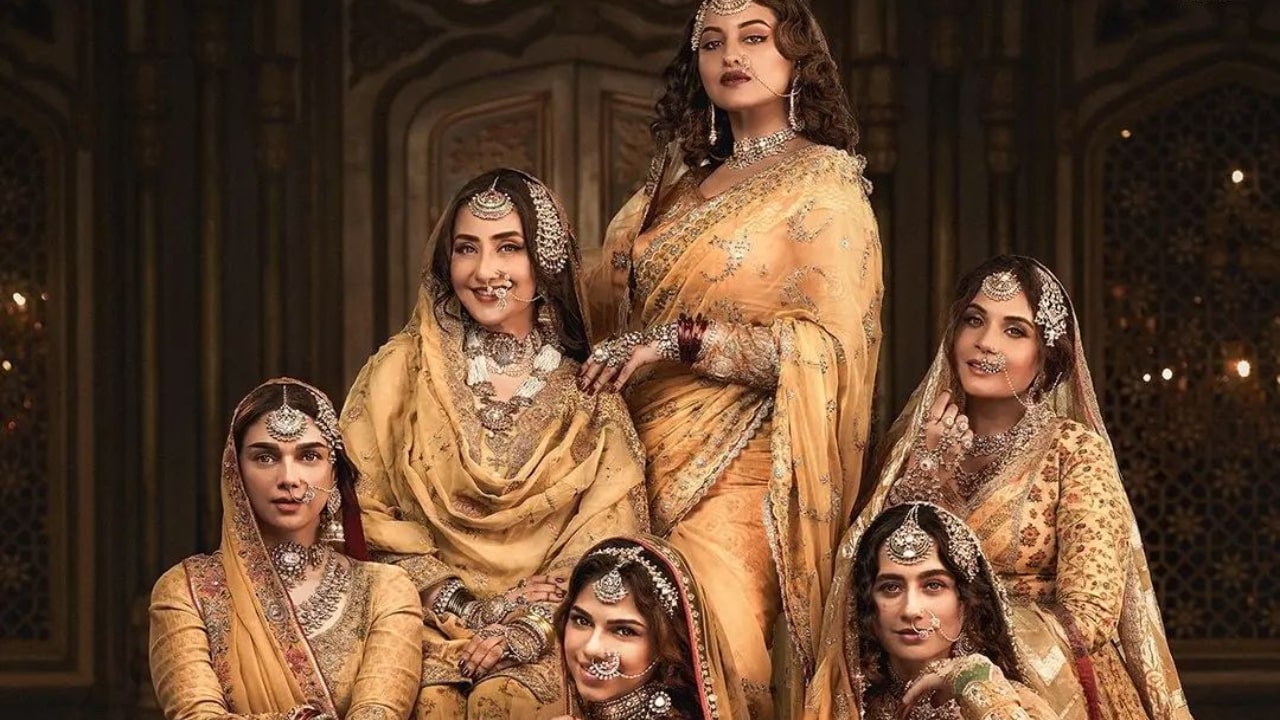

The opulent costumes of Heeramandi are designed by the designer duo Rimple and Harpreet. The couple are popular for lavish bridal fashion. In two years, Rimple and Harpreet designed over 300 costumes for more than 15 characters portrayed by the likes of Manisha Koirala, Sonakshi Sinha, Aditi Rao Hydari, Richa Chadha, and Fardeen Khan.
The designers who hail from Punjab drew inspiration from archival textiles, prints, and patterns. For Heeramandi’s costumes, they used traditional techniques of zardozi, gota-patti, and hand-block printing.
To make garments historically accurate, they referenced old paintings of tawaifs, and vintage photographs from the Calico Museum in Ahmedabad and the Victoria and Albert Museum in London. The designers also studied the fashion of yesteryear Indian singers and actors like Suraiya Jamal Sheikh, Noor Jehan, and Shamshad Begum.
Mid-20th century in India saw a confluence of cultures. The Nawabi and Sikh cultures were mixed with British and European influences. These intertwined aesthetics are evident in the SLB’s Heeramandi, with costumes that range from the Lucknowi Chatapati or Tukri Ghararas to floor-skimming Farshi Ghararas, Jamawar shawls and delicate French lace saris.
Hand-painted fabrics were highly valued in those times, so the designer duo also used chintz and French prints, for which they referenced old handprinted English and French book covers and prints.

Working with Shri Parimani Jewels, Bhasali had more than 10,000 pieces of jewellery made. Inspired by Mughal design, Passa, Tika, and Nath, necklaces and earrings were painstakingly handcrafted for each character using real rubies, emeralds, pearls, and Polki diamonds.
Fashion in Heeramandi; an extension of the mood of Bhansali’s set, script and characters

The women of Heeramandi are seen wearing elaborate Ghararas and Shararas, brocade Lehengas, glittering Saris, and regal Anarkalis. Meanwhile, the men look dapper in traditional Kurta Pajamas, Sherwanis, Bandhgalas, and Rumi Topis as well as modern suits, jackets, and cravats marking the British influence among the aristocratic class.
Tajdar, played by Taha Shah, initially appears in Western suits but is later seen in Kurta Pajamas as he gets involved in rebellion for freedom.
Jewel tones were used for mesmerizing mujra sequences. Aditi Rao Hydari as Bibbojaan wooed her audiences as she performed in a scarlet red Anarkali with splendid gold embroidery. Similarly, Richa Chadha’s Lajjo gave an achingly elegant performance, for which she wore a royal blue Anarkali set with a floral headpiece of rose and jasmine.
In contrast, in the jazz-inspired song Tilasmi Bahein, Sonakshi Sinha’s character, Fareedan, donned a shimmery Chantilly lace sari made with sequins in over 40 shades of blush and an embellished blouse inspired by Pietra Dura inlay art prevalent in Mughal architecture.

Soft mauves, dreamy pastels and ivory, earthy brown and dusky charcoal, and sable tones used in the costumes paint the splendidly filmed scenes with somber, old-world charm. The ravishing attires were complemented with vintage-inspired makeup, from retro red lips to winged liners with russet henna designs adorning the hands and feet of Heeramandi women.
Throughout the series, the courtesans often wear ensembles in synchronized hues, like in the song Sakal Ban, in which they wore gleaming mustard outfits. While the ensembles of leading ladies had subtle distinctions that reflected their character, the overall harmony of hues in the scene created moments of cinematic grandeur and signified the sisterhood of Heeramandi’s courtesans who are entrenched in an intoxicating saga of love, betrayal, and freedom.
Meanwhile, the provocative life of Heeramandi lends beautifully to Bhansali’s style of cinema. It’s decadent, controversial, and dramatic. The critically acclaimed director and producer has an affinity for art and extravagance, and it’s evident through his visual masterpiece, Heeramandi. In his digital debut, SLB not only uses fashion as a sartorial canvas to amplify the drama but also gives the characters of his magnum opus unique identities.





 JOIN OUR WHATSAPP CHANNEL
JOIN OUR WHATSAPP CHANNEL